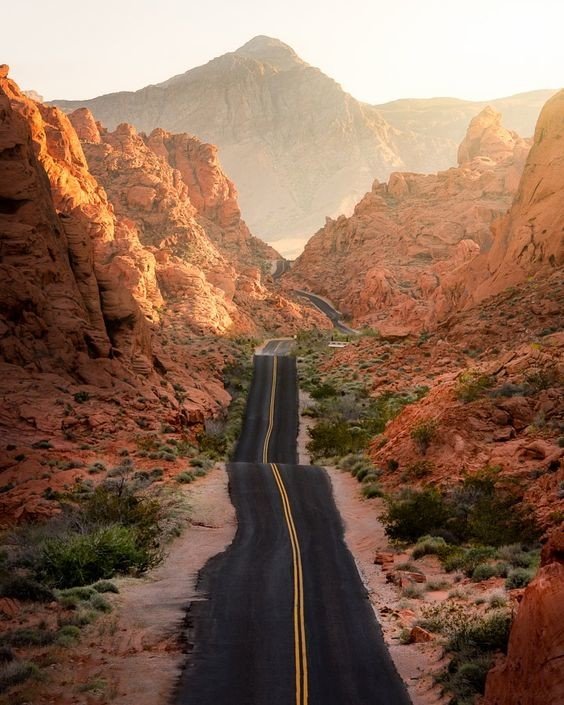
Thanks to smartphones many of us have become amateur photographers. Whether to capture family moments, portray the city, or go to the outskirts to look for shots in nature, the versatility and the growing quality of the camera of our phones has given us an activity with which to get out a bit of the routine.
For many, maybe that's enough, but for those who want to take the next step and turn their taste for photography into a more committed hobby, using professional equipment can seem at first like an intimidating and complex universe. And while the path to becoming an expert in photography is long and never ending, everyone hast to start off somewhere. Thats why we want to show you a small guide for those who are starting out in the world of photography.
1. Camera
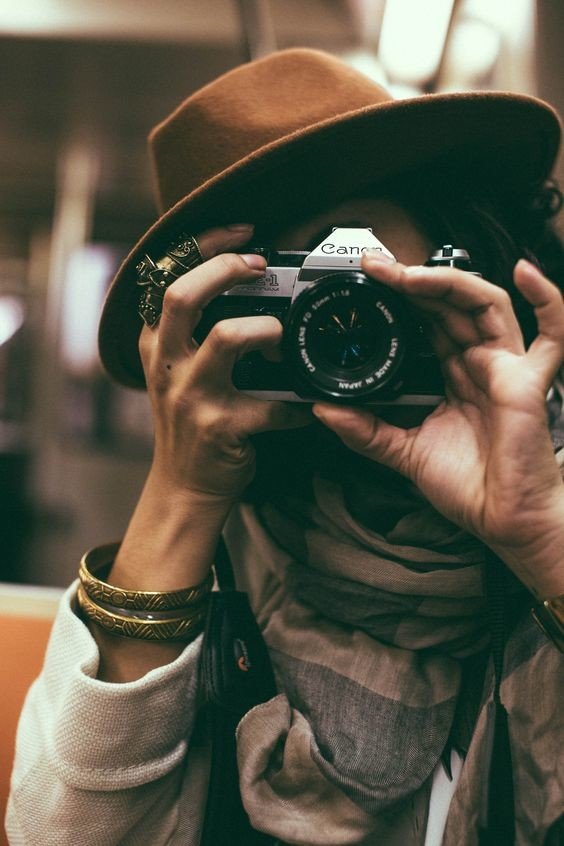
It seems obvious, but as for verastility the best place to start is definitely a DSLR camera (or a digital camera), Since it provides 3 fundamental ingredients: manual control, excellent image quality and interchangeable lenses. The prices of this type of camera vary considerably, from $200 USD in the most economical models, to several thousands of dollars in the most expensive. What is recommended at the beginning is to get a camera that is not so expensive, but that guarantees images of great quality and good functionality, so you won’t lose its value of use even if then you expand your repertoire.
For begginers the Nikon D3300 is a good choice, with a 24.2MP sensor its capable of taking high quality images and at a very affordable Price: arround $300 USD without objective, $600 with objective. It is very light and compact, weighing only 410 grams. It has a software and menu designed for begginers, but also functionally and advanced features that will equip many high-end cameras,features have placed it as one of the best cameras of that price in the market.
2. Smartphone
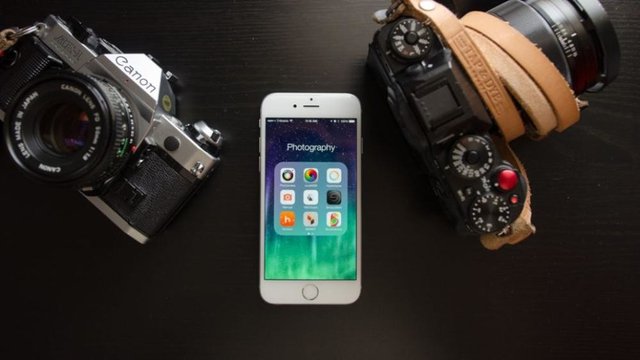
Just because you have a camera doesn’t meand that you will never take pictures with your pone again. Every good photographer knows that its a good idea to have with you a couple of cameras, cameras equipped for different functions, and your phone cand be one of them. Few things are more functional and simple than a good Smartphone. But apart from serving as a snap and shoot with built-in editing capabilities and network sharing capability from anywhere, your phone can also be a powerful measurement tool.
Many of our every day apps such as Google Maps, they can turno ut to be very usefull in an expeditiong for the perfect take, but also theres apps thought specially for the Many apps of daily use, like Google Maps, can be very useful in an expedition by the perfect shot, but there are also applications designed especially for the travelling photographer, such as DoF Calculator, to calculate the depth of field, and Pocket Light Meter, to measure the ambien light.
Whether you use Android or IOS, there are apps for any feature, which makes it possible to use your phone instead of many attachments that used to fill the photographers ' bags. So don't forget it at home or in your pocket. There are very useful applications to improve your photographic experience.
3. Objetives
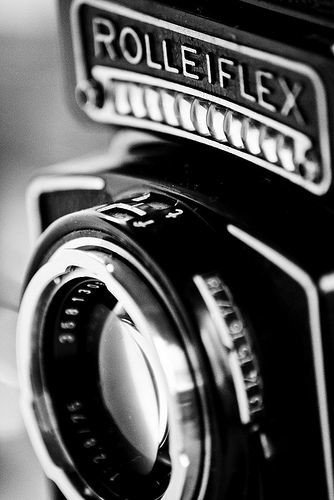
If your camera doesn’t have objective, you won’t be able to take any pictures. Luckily most cameras come with a basic and general use objective so you can start taking pictures once you get it out of the pack. Its true, there are as many objectives as there are fish in the wáter, but with time you’ll be getting to know them all, however there are 3 types that not only they give you versatility but also quality in most of the situations that you can think of:
· A fast lens for general use of zoom type 18-50 mm. An objective of this type will allow you to open shots as well as the ability to approach objects in the distance. This goal can be the one that is integrated with your camera, especially if you have a fast shutter, preferably f/2.8. This will give you a good control over the depth of field and is a good goal to explore, when you are not completely sure what you are going to photograph.
· A macro target. The most important thing is not the length of these lenses, but they have the ability to create a magnification of 1:1 of what you want to portray. A target of 50 mm f/2.8 macro, light and small, easy to transport, can be ideal. It's pretty good for taking portraits, but where it really shines is in capturing all those small details of which the world is made, be it insects, flowers, textures, jewelry, food or anything you want to photograph closely.
· A telephoto lens, with a general range of 70-200 mm, an aperture of at least f/4 (although the greater the better). With a goal of this type you will have a great distance to work and a depth of field very low to focus your subjects. For fast moving subjects, such as animals or sporting events, the larger opening will allow you to take photos at higher shutter speeds. It also makes an excellent portrait lens, as the focal length minimizes distortion and limits the viewing angle to fill the frame with your subject.
In terms of brands, it will depend much on your camera. You have to look for it to be compatible. And while that means that you will look especially within the same brand of your camera, there are others that specialize in making lenses for several, as well as some that are compatible with different types.
4. Filters
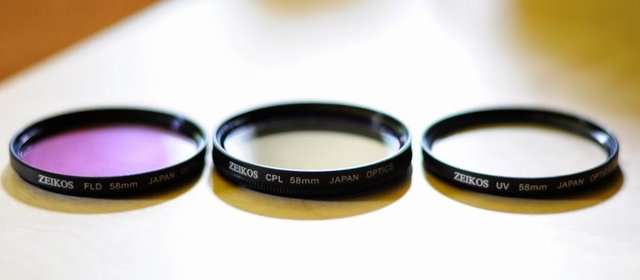
With a DSLR camera you do not need to load many filters, as you can take care of that in the process of editing your photos on the computer, which would be the equivalent of the developer. But what can be very useful is to have a UV light filter, which also works as a protector for the lens of your target.
On the other hand, a circular polarizer can be essential to take good pictures of landscapes, because it makes more intense the colors of the sky and the plants, as well as increases the contrast in the clouds and reduces the reflections in the water and the crystal. You may not use it all the time, but if you decide to buy one you it can last for years.
5. Cleaning Kit
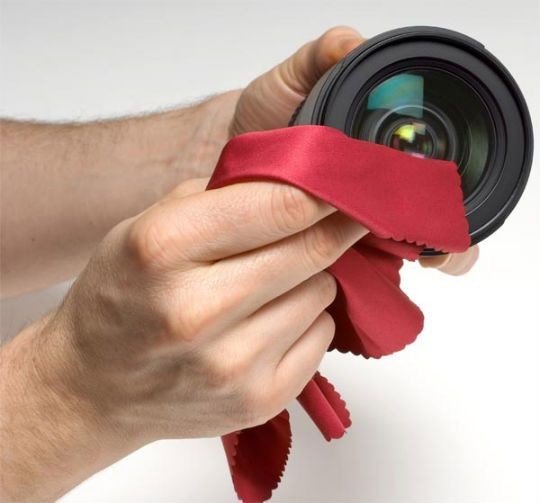
When we talk about targets, we talk about delicate equipment. Don’t even think of cleaning it with your shirt! Even if it's flannel and you think it's clean, it's best to load with special fabrics. They are not very expensive and almost always sell them in kits with special liquid for lenses.
You can also get a cleaning pen, very useful when you just want to erase a fingerprint from your target lens. And to remove the dust that accumulates naturally both in the lenses and in any loophole of the camera, the ideal is an air blower. All these attachments are quite cheap and will not take away much space.
6. SD cards and Batteries
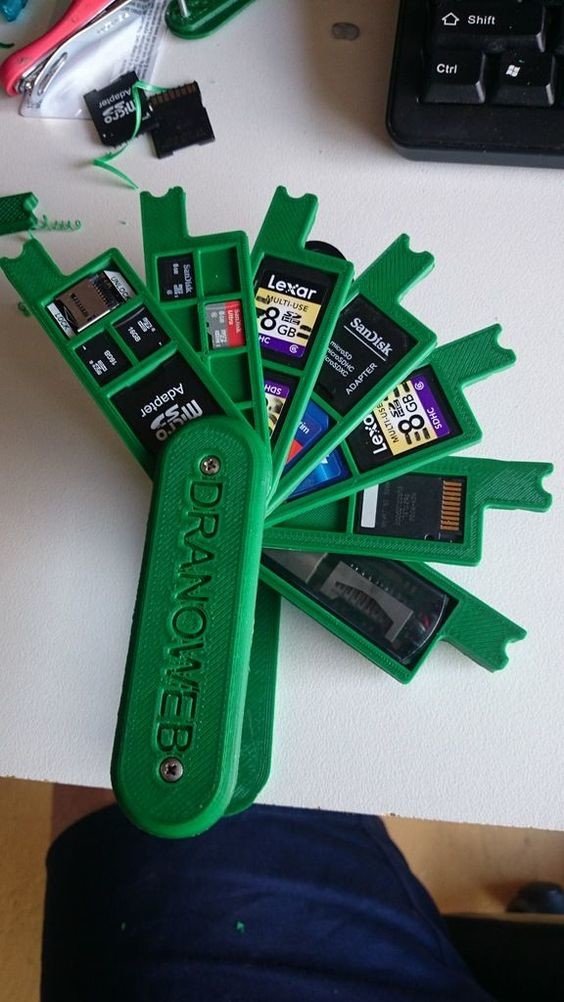
There are few things more frustrating than walking halfway through a photo shoot and running out of your camera battery. So I recommend bringing a couple of batteries with you so you don't have to come home early when things are getting good.
But if you run out of memory, it would be useless to bring so many batteries. Of course, you can stop to delete some or download them on your laptop if you bring it with you, but eventually the time will come when you have no more to delete or you will have to act quickly and think that everything could have been solved with an extra memory. The best SD Card, according to the highest ratings of several sites specialized in analysis, is the Samsung Pro Plus of 64 GB, for its durability and speed of writing/Reading.
Depending on your camera will be the type of memory, as well as the battery. Many use their own batteries, but there are also many that use AA batteries. Whatever your case, make sure your batteries are charged and your memories are formatted before you leave the house.
7. Tripod
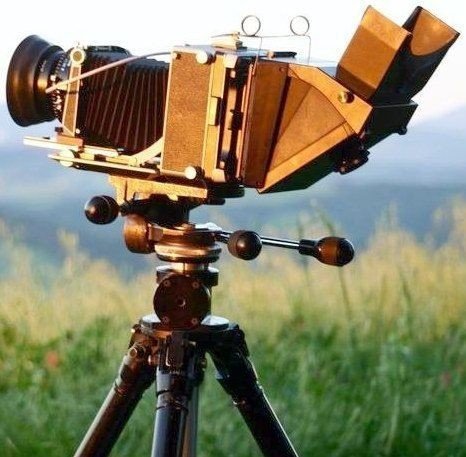
A tripod not only serves to take family photos on birthdays. It's a pretty useful tool, especially when you want to keep your camera motionless during a high-exposure shot. Depending on the size of your backpack and how much you can load, there are different sizes. For a light hunt the best is a small, versatile tripod that you can accommodate anywhere, like a Gorillapod. They are flexible, resilient and you can find one for less than $60 USD. But if you want to get the best tripod, the most popular and reliable recommendation is the MeFOTO Road Trip, as it is light and can be compacted a lot, but at the same time it is very solid and resistant.
8. Protection
Most likely you’re gonna want to take pictures in the open air as much as posible, however you must have in mind the elements. The sun can be a terible enemy if we are not prepared to face it, such as the rain can be. It is always a good idea to have some sunscreen with you, sunglasses, cap and a raincoat. Bring comfortable shoes or a least agood gel template is also recomended, Insect repellents, water, cofee... Anyways, luckily going on some hunt for pictures can be very similar to hunting Pokemon.
9. Backpack
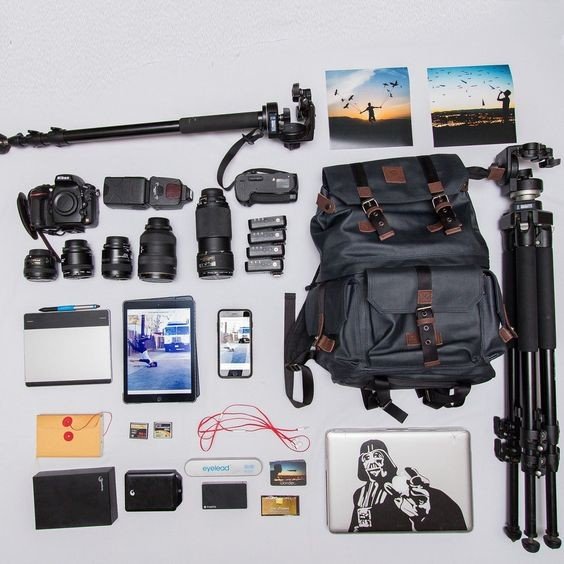
Without a good backpack you woon’t be able to take your lenses or camera anywhere. Its not like you could throw your camera in any bag, so the choice limits itself to specialized camera bags if you want to take care of your equipment properly. These bags and backpacks are usually waterproof and are padded, with compartments specially designed for lenses, cameras, filters, SD cards, batteries, tripods.
Depending on how many stuff you carry arround with you will be the size of your bag, but to cover up with everything we provided you on this guide a médium sized bag will be more than enough. Also you can use a Messenger bag, but if you plan on walking for a while it is preferable that you can accomodate i ton your shoulders so it would be more comfortable.
The price varies considerably from $60 to professional backpacks of high quality that are over the $200. Among our favorite brands are Lowerpro,Tamrac,Manfrotto and Case Logic, whisch have options at all their prices and for all your needs. But of all, the most convenient for its relationship between value and price is the think Tank Urban Approach 15, since it is very resistant, has many compartments and is very spacious (you can even put a tripod). Here the question is both personal style and budget, so do not hesitate to take your time to choose one that goes with you.
Its wonderfull. GooD job bro
Downvoting a post can decrease pending rewards and make it less visible. Common reasons:
Submit
Thank you! hope you keep enjoying our content
Downvoting a post can decrease pending rewards and make it less visible. Common reasons:
Submit
This post recieved an upvote from minnowpond. If you would like to recieve upvotes from minnowpond on all your posts, simply FOLLOW @minnowpond Please consider upvoting this comment as this project is supported only by your upvotes!
Downvoting a post can decrease pending rewards and make it less visible. Common reasons:
Submit